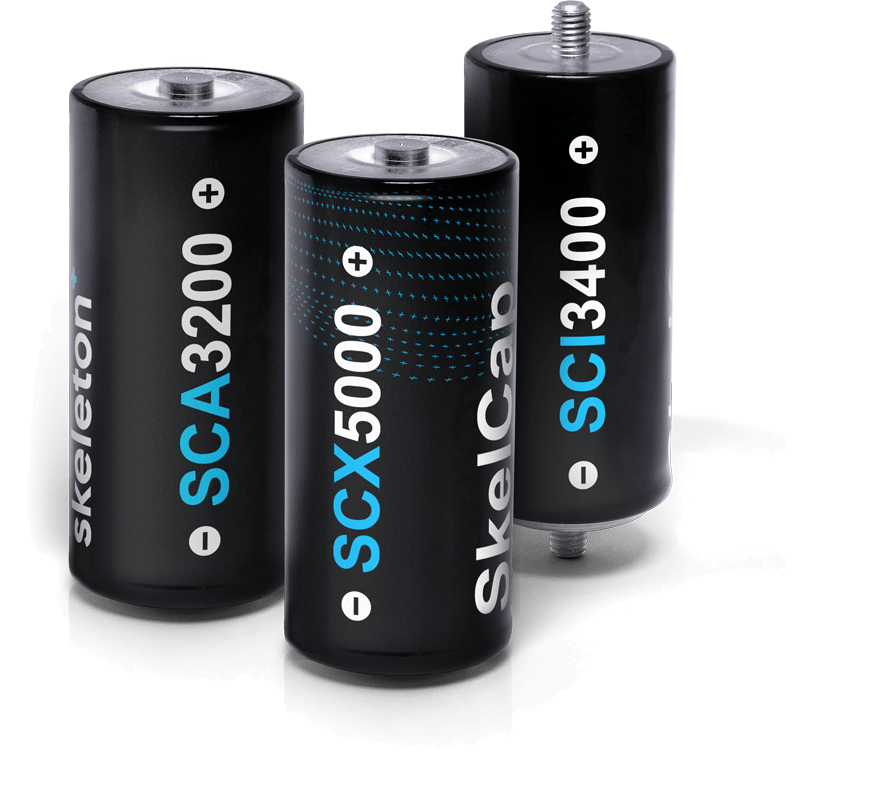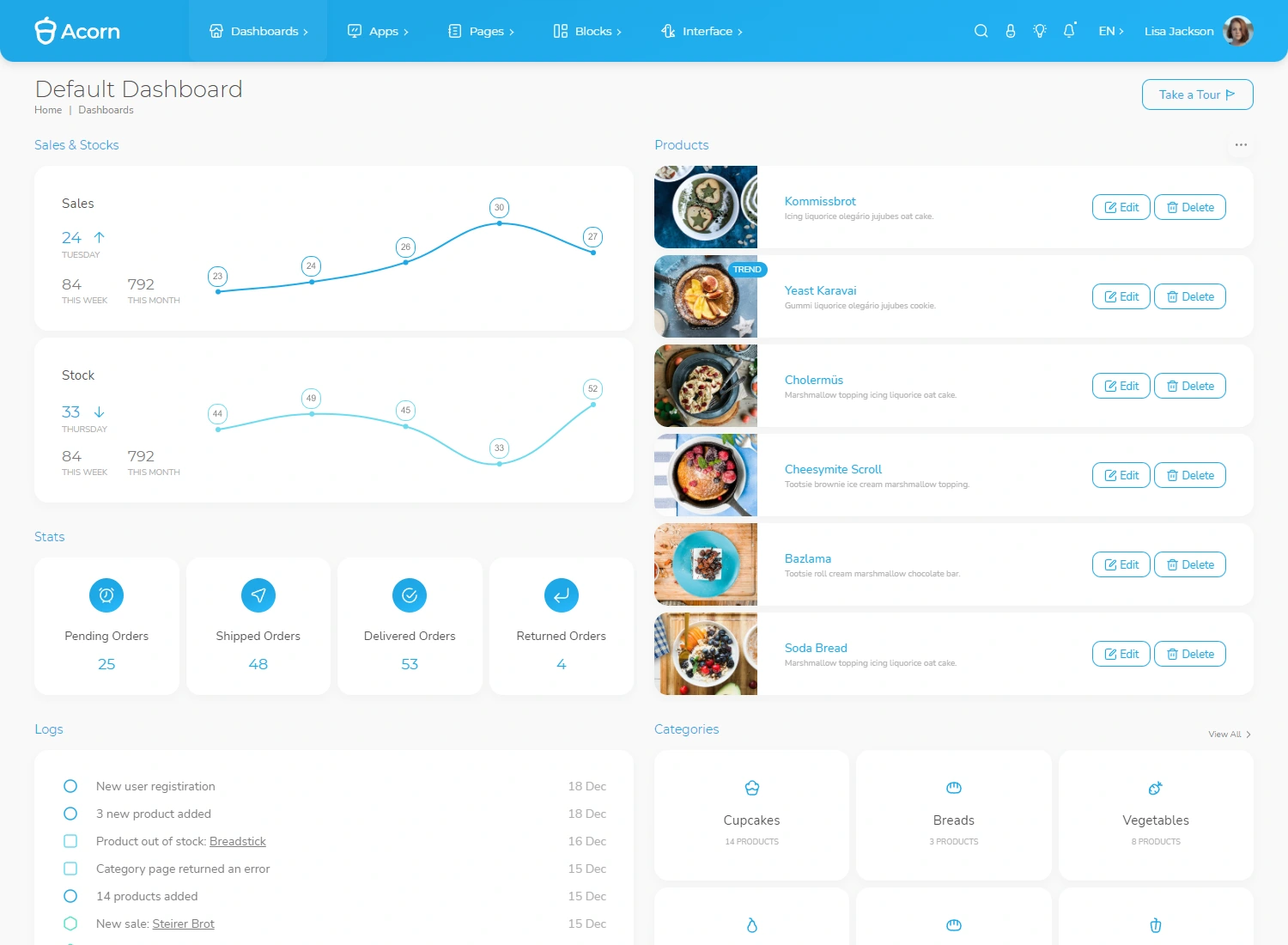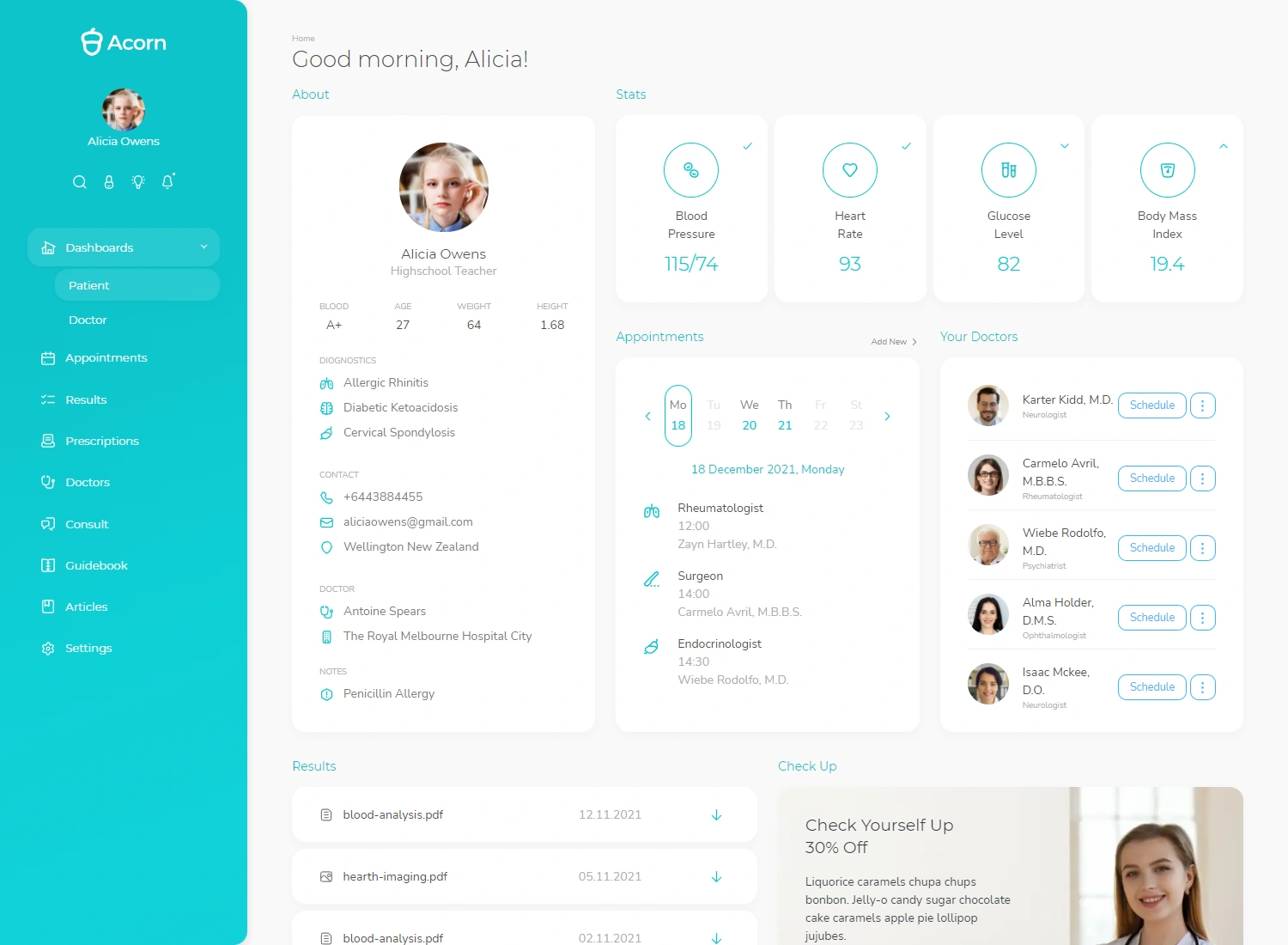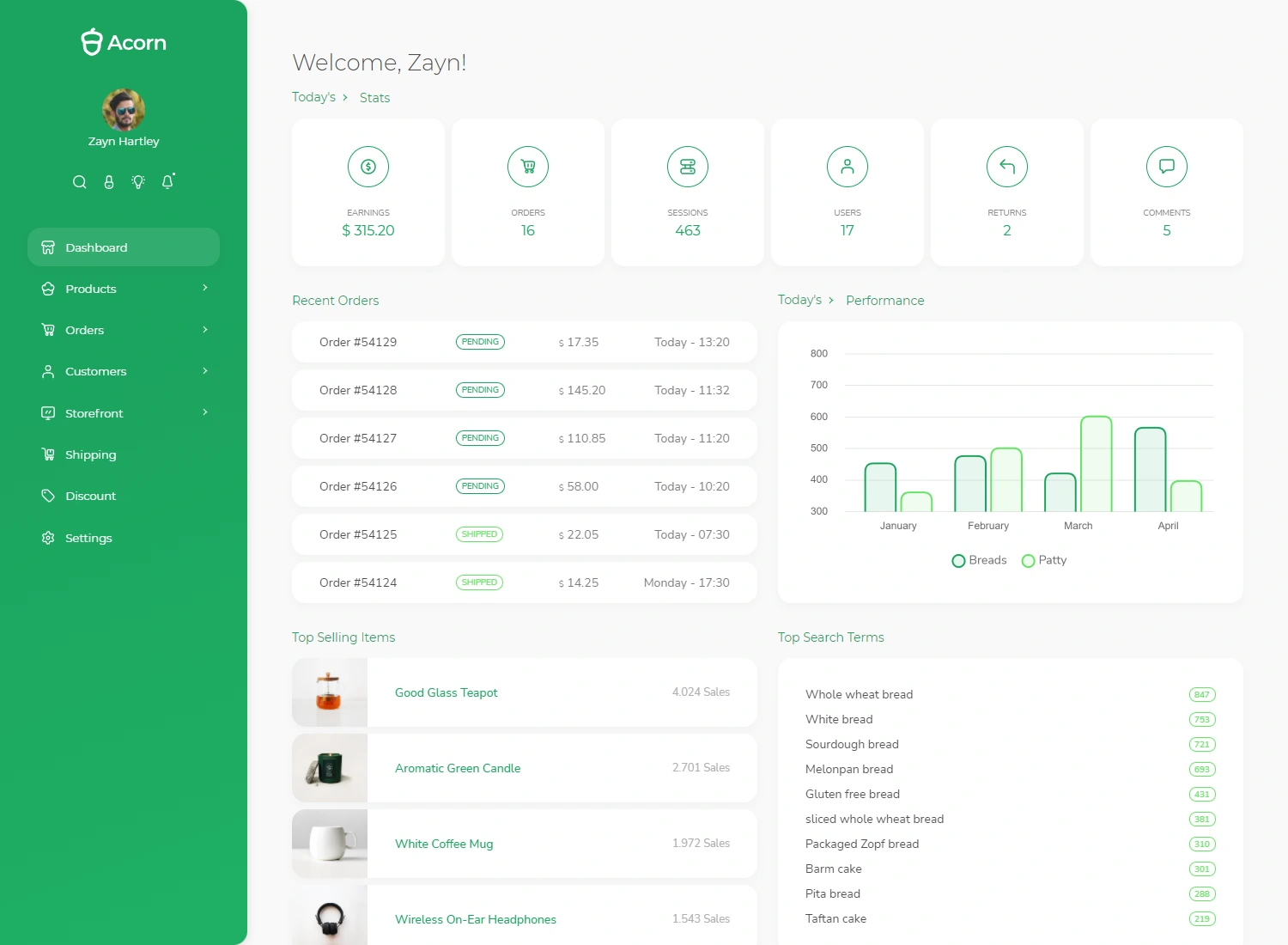The researchers hailing from a government college of Kerala, have developed a method to produce high surafce-area activated carbon from coconut husks which is claimed to be suitable for fabrication of high capicitance supercapacitor capable of storing higher energy than prevalent supercapacitors. Activated Carbon is used as eletrode in the supercapacitors.
Activated Carbon
Activated carbon is produced from high carbon source materials, such as coconuts, nutshells, coal, peat and wood. Activated carbons have been traditionally employed as catalyst supports or adsorbents and mostly used to absorb impurities from air, water, metals or any other material and even treatment of sewage but lately they are increasingly being used or find potential applications in the fabrication of supercapacitors and as hydrogen storage materials.
Supercapcitors
Supercapacitors which are considerably smaller than the storage batteries, are seen as an alternative to batteries for short term power backups. In any setup, which requires sudden and quick power supply because of fluctuations, super capacitors are being preferred since they are having quick discharge time, means they supply power quickly than any storage battery. While storage batteries are having small life-shelves, supercapacitors are having very long life-shelves. Supercapacitors are charged blazignly faster than the storage batteries and are environmentally friendly in contrast to batteries which contain toxic elements. But supercapacitors cannot be used for long-term backup as done by traditional storage batteries.







